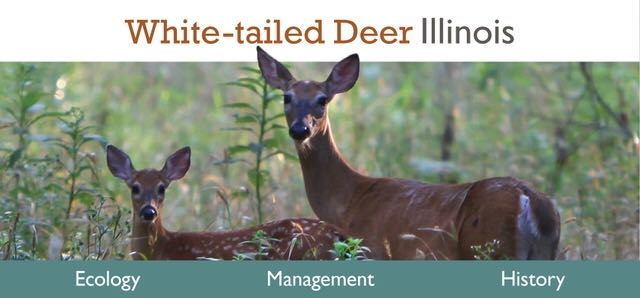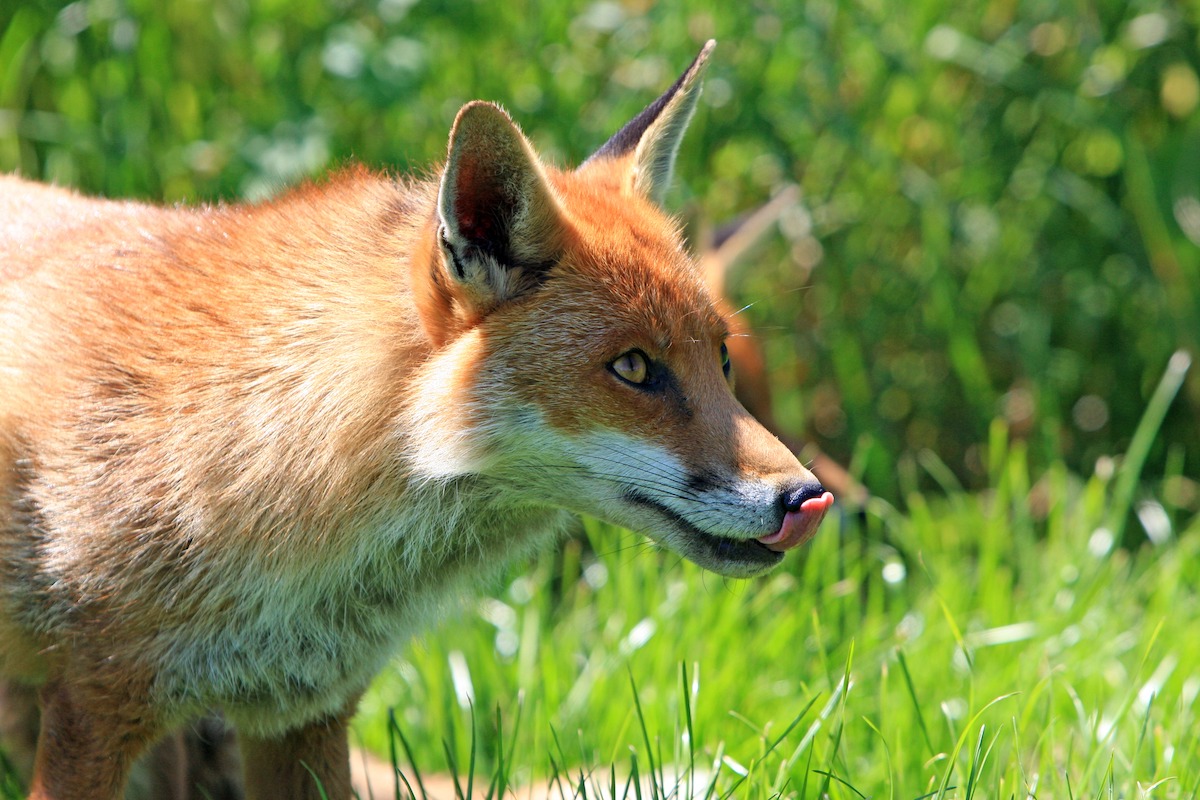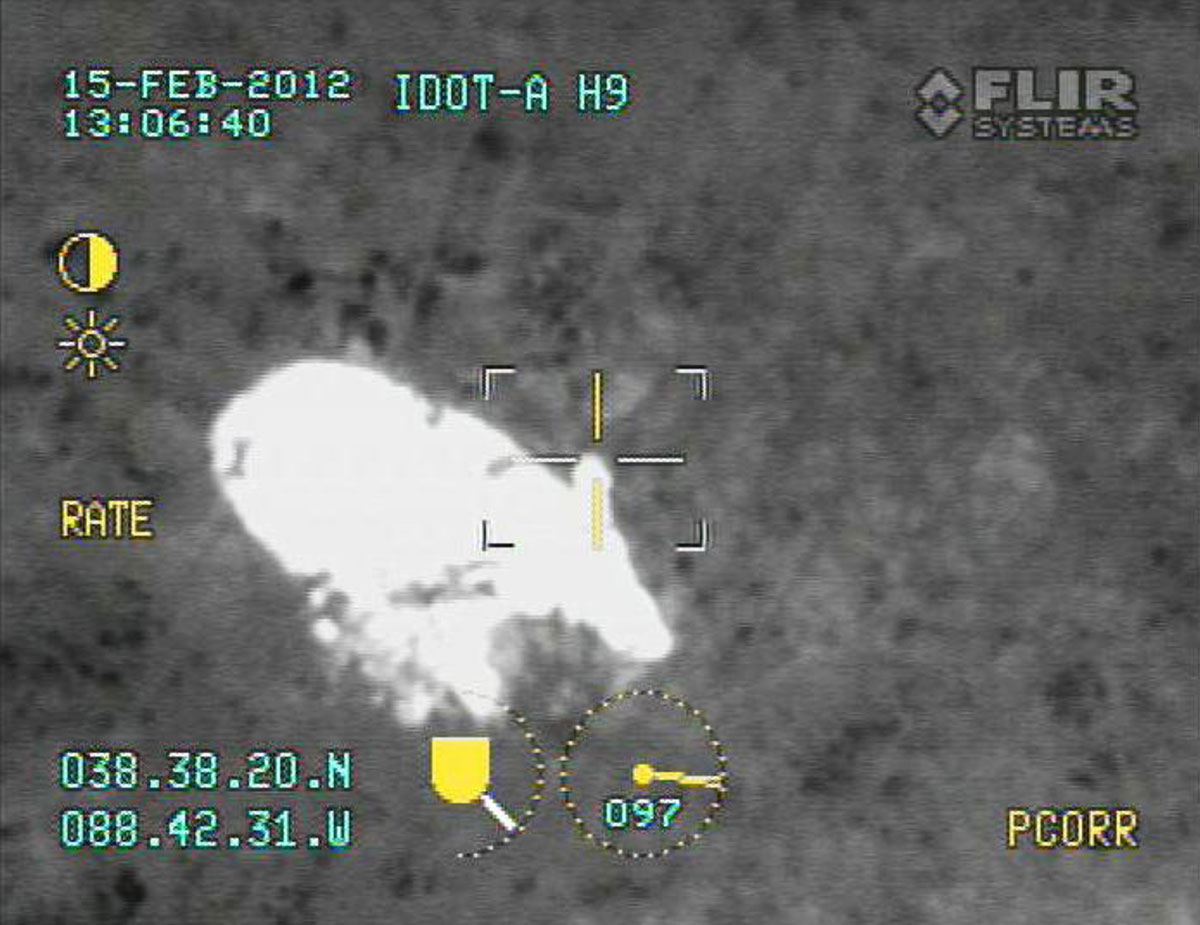
When we take our dogs for a walk, it’s common courtesy to keep them from running through the neighbor’s lawn, but why don’t we feel the same about our dogs and cats running through our natural areas? Many of us have the mentality that dogs and cats are animals and therefore belong running free in the woods or outdoors; but studies on the effects of wildlife populations lend a different light to what’s at play when we let our dogs and cats tread with wildlife.

Domestic dogs (Canis lupus familiaris) are a domestic subspecies of wolves (Canis lupus). While we enjoy letting our domestic companions stretch their legs on a walk, the evidence that dogs negatively effect local wildlife populations is overwhelming. Dogs both on and off leash are perceived as predators, much like a wolf would be, and impact local wildlife accordingly. When alarmed, animals deviate from their normal behavior, increasing their energy requirements as they relocate to avoid their predator. This move temporarily reduces the amount of available habitat for animals to feed, breed and rest. Some species (e.g. bobcats) have demonstrated complete temporal behavioral changes switching from diurnal (daytime) to mainly nocturnal (nighttime) activity patterns after exposure to persistent dog use in an area.
To humans, brief displacement from an area seems inconsequential: the animal moves away from the trail for a little while only to return later. However, caloric intake for humans and wildlife are vastly different. Most species consume enough calories to meet their daily metabolic and breeding energy requirements with very little wiggle room to frivolously burn excess calories. This is why repeatedly stressed animals (e.g. those repeatedly forced from their home range) experience reduced reproduction and growth, as well as suppressed immune systems. This results in increased vulnerability to disease and parasites. While humans on trails also cause stress to wildlife, studies suggests that wildlife species are able to habituate to the more predictable, non-threatening use by a human, as opposed to the lingering scent and farther-reaching presence of a dog.

While the indirect effects of dogs tend to be the driving force in dog-wildlife relations, domestic cats (Felis catus) have a much more direct and devastating effect on wildlife. Free-ranging cats are directly responsible for an estimated 14 percent of all modern bird, mammal and reptile extinctions recorded by the International Union for Conservation of Nature (IUCN) red list. A recent study in Nature estimated that mortality from cat predation ranges from 7.6 billion to as high as 26.2 billion animals in the United States annually. This magnitude of mortality is far greater than previous estimates of cat predation on wildlife and may exceed all other sources of anthropogenic mortality (including road fatalities and avian collisions with buildings) of birds and mammals in the U. S. While these estimates include a huge range—18.6 billion animals is an enormous discrepancy— it’s safe to say that while we may not know the exact numbers, free-ranging cats are causing severe and significant damage to wildlife at large.

While the feral cat populations continue to seriously impact wildlife populations, we can do our best to change the culture of thought associated with outdoor cats. Join me as I keep my favorite feline indoors always and continue to respect signage for dog-free areas and leash laws in place (despite my dog’s protests). These areas are likely home to especially dog-sensitive wildlife species or recovering wildlife populations sensitive to added stress.
Christi Heun is wrapping up her wildlife graduate degree at the University of Wisconsin-Stevens Point. While she currently studies sampling techniques of river otters, her interests include carnivore ecology, conservation biology, landscape ecology and ecosystem restoration. She keeps her cat inside, and her dog leashed, and hopes you will, too.













Submit a question for the author